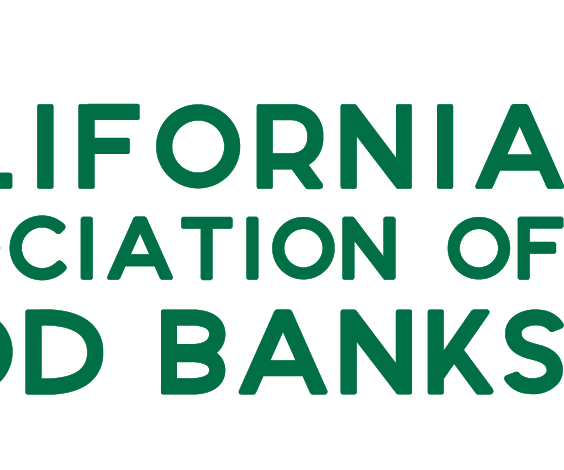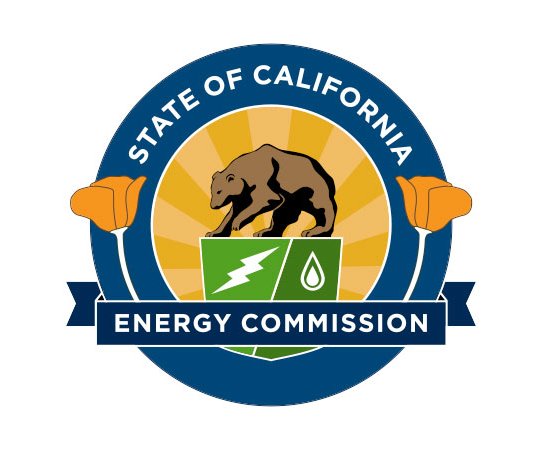With math gains uneven last year and reading scores falling nationwide amid significant inflation and economic uncertainty, the personal-finance website WalletHub has released a new report on 2025’s States with the Best & Worst School Systems, as well as expert commentary.
In order to determine the best school systems in America, WalletHub compared the 50 states and the District of Columbia across 32 key measures of quality and safety. The data set ranges from pupil-teacher ratio and dropout rate to median standardized-test scores.
Making the top five were Massachusetts at number one, followed by Connecticut, New Jersey, Virginia and New Hampshire. In the bottom five were Oregon, Arizona, Alaska, Oklahoma and, last on the list, New Mexico.
Quality & Safety of Schools in California (1=Best; 25=Avg.):
Overall Rank: 30th
40th – Math Test Scores
37th – Reading Test Scores
50th – Pupil-Teacher Ratio
26th – Median SAT Score
1st – Median ACT Score
19th – Percentage of Licensed/Certified Public K–12 Teachers
22nd – Dropout Rate
39th – Bullying Incidence Rate
2nd – Percentage of Threatened/Injured High School Students
1st – Existence of Digital Learning Plan
For the full report, visit:
https://wallethub.com/edu/states-with-the-best-schools/5335
“Getting enough funding is essential for a productive school system, but simply having more money doesn’t guarantee success. How funds are applied also plays a big role in how good a school system is, as does the quality of educators, other professionals and the curriculum. In addition, schools need to focus not just on test scores but also on making sure that students feel safe, comfortable and cared for,” noted WalletHub Analyst Chip Lupo. “Massachusetts is the state with the best school systems, boasting the highest math and reading scores in the country. In addition, Massachusetts has the highest share of students in the country who received a score of three or better on an AP exam. Finally, Massachusetts has the fifth-lowest share of students who report being threatened or injured with a weapon on school property and the fourth-lowest share who report illegal drugs being available to them on school property.”
Expert Commentary
Does variation in per-pupil spending explain most of the variation in school quality?
“Per-pupil spending alone does not explain all of the variation in school quality. First of all, you need to consider regional differences in the cost of living as well as student needs. School districts in high cost of living areas demand more funds for teacher/staff salaries and materials to provide adequate education. The same goes for school districts with large numbers of economically underprivileged and/or immigrant students or students with special needs who tend to need more intensive instruction. Putting those factors aside, all things being equal, the evidence does suggest that additional funds allocated to schools can in fact improve academic performance but only if those funds are well spent and targeted toward the indicators that directly impact performance. That could include teacher salaries and improvements in school facilities as well as innovative curricula, technology, and enrichment programs. Better trained teachers demand higher salaries while more attractive and well-equipped school facilities, including science laboratories and arts studios, give students greater incentive to attend school regularly and perform their best.”
Rosemary Salomone, J.D., Ph.D. – Professor, St. John’s University
“Per-pupil spending is a significant factor in explaining variation in school quality, but it is far from the only one. Research has shown that while increased funding can lead to better outcomes – particularly when invested in teacher quality, student support services, and updated instructional materials – it must be allocated strategically to make a meaningful difference. Jackson, Johnson, and Persico’s (2016) landmark study in The Quarterly Journal of Economics found that a 10 percent increase in per-pupil spending, sustained over twelve years, can lead to significantly improved adult outcomes, particularly for low-income students. However, there are states that invest heavily in education but do not consistently rank among the best-performing, which suggests that governance structures, community engagement, and policy coherence also play substantial roles.”
Jill Channing, Ph.D. – Associate Professor; Associate Director of the Center for Community College Leadership, East Tennessee State University
What can state and local policymakers do to improve their school systems without raising taxes?
“Regularly looking for opportunities to reallocate funds more effectively is vital. Investing in professional development and other ways to support teachers and school leaders (like reducing administrative burdens, increasing instructional support and planning time, etc.) rather than adding administrative/bureaucratic complexity could be helpful. Utilizing data systems and prioritizing data- and research-informed decisions, while giving teachers and school administrators the time and support to effectively implement new initiatives, is key.”
Jamie Kudlats, PhD – Assistant Professor, UNC Charlotte
“Local policymakers are in a much better place to improve their schools because they understand and can respond to community circumstances. Assuming that schools are adequately funded from local, state, and federal sources, the focus can turn to how money is allocated. For example, boards of education should prioritize more competitive staff salaries over class size reduction based on the effect sizes of those strategies. Another would be prioritizing targeted learning interventions over broad curricular changes. State policymaking is a blunter instrument although there are areas for action. I have been engaged recently in state funded studies on the feasibility of regionalizing small school districts to improve student learning while using fiscal resources more effectively. Enhancing college/university teacher preparation is another state-level initiative that can have high leverage for improving schools.”
G. Kennedy Greene, Ed.D. – Adjunct Professor, Columbia University
In setting a child up for success, how important is the quality of the school relative to other factors (family, neighborhood, etc.)?
“Research shows that, on average, school-based factors only account for about 30 percent of the variation in student outcomes. Within schools, teacher quality – as measured by value-added to student achievement, and not by traditional measures such as scores on state licensure exams or possessing a master’s degree in education – is the factor that explains the greatest variation in student outcomes.”
Ashlyn Aiko Nelson – Associate Professor, Indiana University
“The quality of the school is unquestionably important, but it interacts dynamically with other key factors in a child’s life. Bronfenbrenner’s ecological systems theory remains a useful lens: children are influenced not only by their schools but also by their families, peer groups, and broader socio-economic context. Research from the Harvard Center on the Developing Child has shown that stable relationships, safe environments, and opportunities for enrichment outside of school are equally critical. A high-quality school can buffer the effects of adverse experiences, but it cannot replace the support that comes from a stable home environment and a safe neighborhood.”
Jill Channing, Ph.D. – Associate Professor; Associate Director of the Center for Community College Leadership, East Tennessee State University





